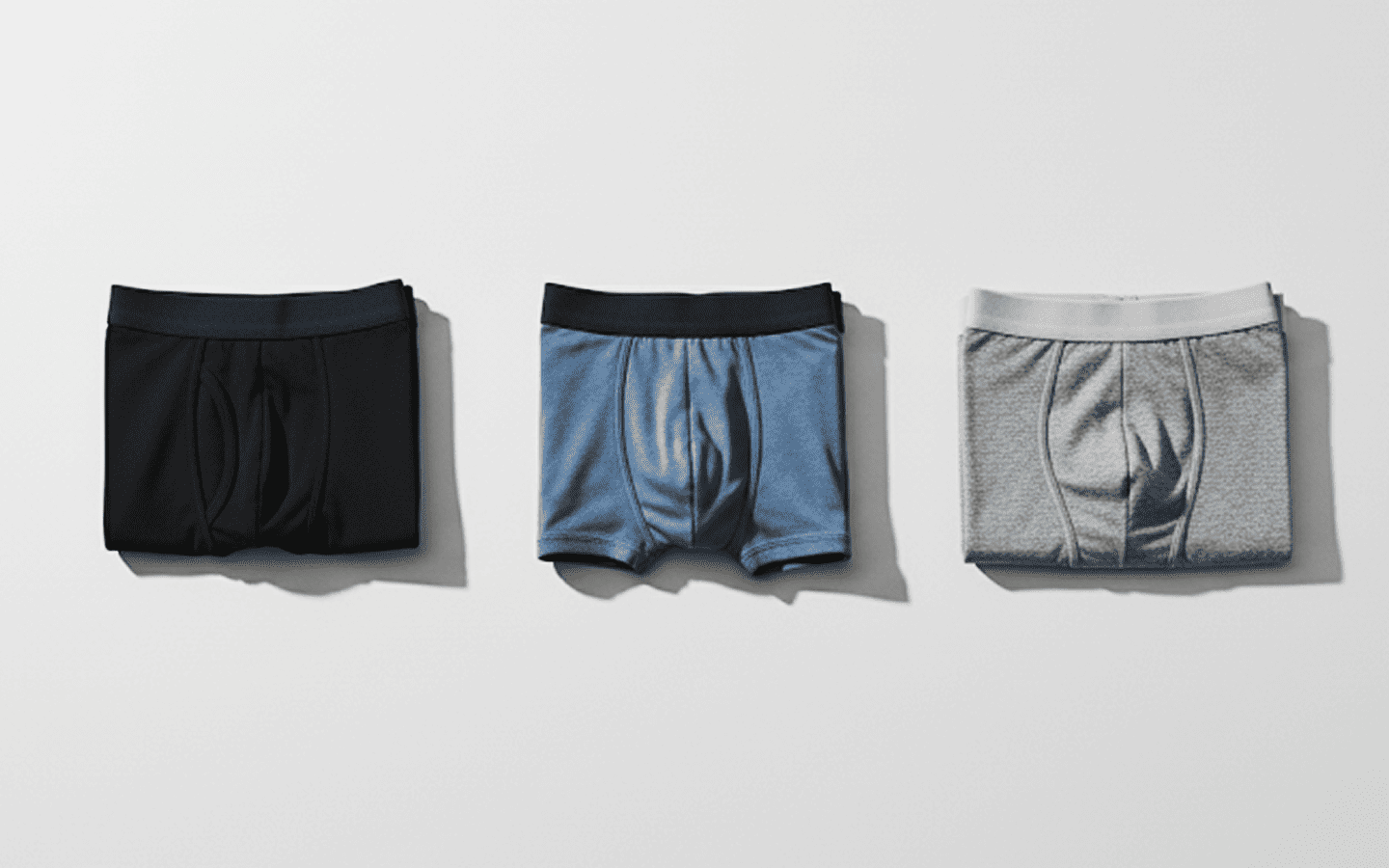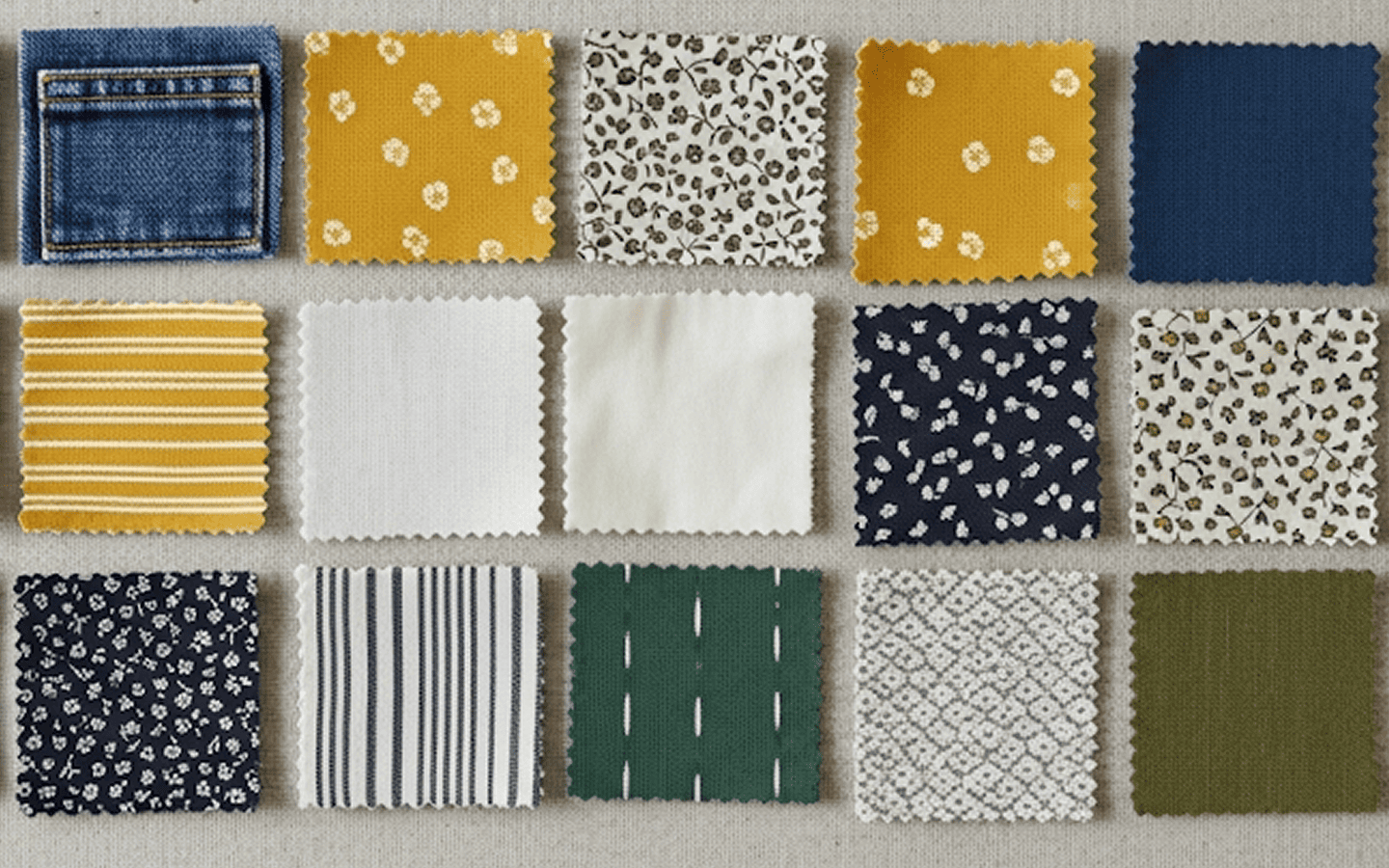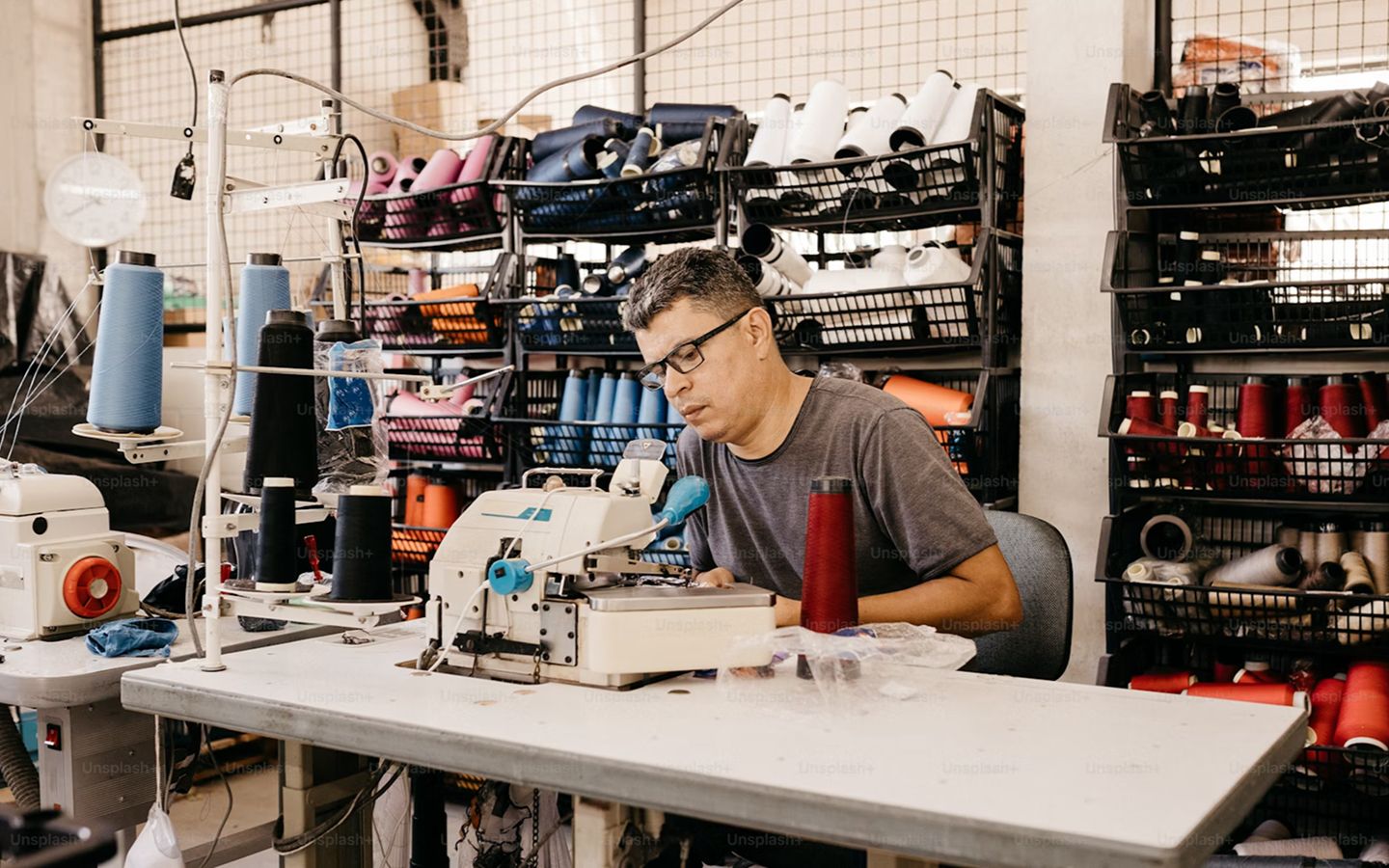How to create your own Underwear line

What was once just an essential everyday item has seen a significant increase in demand, as consumers seek comfortable, stylish, and unique pieces. Many businesses are exploring the personalized underwear market, offering options that range from luxury designs to sustainable underwear.
In this article, we’ll explore how to create your own underwear line, a process that involves creativity, research, and strategic planning, with great potential to become a lucrative venture.
1. Determine your target audience and brand values
To create a successful underwear line that stands out amongst its competitors, you need to understand who you are designing for. Some important considerations include your audience's gender, age, lifestyle, and body shape.
Start by determining your target audience and brand positioning by asking yourself the following questions:
Are you designing custom underwear for men? For women? Unisex pieces?
Are you focusing on a specific niche, such as premium underwear, or are you targeting budget-conscious shoppers?
Are your pieces going to be worn daily or just on special occasions?
Is your underwear line inclusive? Are you designing for every body type?
Each answer will shape your brand values.
Even though aesthetics play an important role in marketing and how your brand is going to be perceived, consumers are also choosing brands that align with their values. Some of the most notorious examples are sustainability and inclusivity.
💡 Tip: If you want to attract customers who prioritize eco-friendly lifestyles, consider launching an organic cotton underwear line.
2. Create a business plan

A major step to set up an underwear business involves creating a business plan. This document will guide you from the start of your brand to the scaling of your business.
Not only does it keep you organized, but it’s also a valuable resource if you need to pitch your brand to potential investors or apply for a business loan.
Include key elements such as:
Mission statement and target audience
Competitive analysis
Pricing strategy
Marketing plan
Financial projections
Outline both short-term and long-term goals, such as: how many products will you launch in your first year? How will they address the customers' needs? What are your sales targets for your e-commerce store?
3. Branding and packaging
When it comes to standing out in a competitive market, branding plays an important role. That’s the key to making a memorable impression on your audience, as it will help differentiate your brand, be easily recognizable, and establish a positive reputation and credibility.
Your underwear brand should be instantly recognizable. For that, you need a strong brand identity, which includes:
Logo and brand story: Design a logo that instantly reflects your identity and create a narrative that resonates with your audience. Whether your focus is comfort, sustainability, or luxury, your goal is to make customers feel connected to your mission.
Color palette: Keep your colors consistent with the Pantone System, a universal color library, to ensure cohesion across digital and physical materials.
Packaging: Go beyond function and design packaging that creates an emotional connection. Minimalist boxes, reusable pouches, or eco-friendly recycled materials are not only practical but can also become a powerful extension of your brand values.
4. Conduct market research to understand the underwear industry

Conducting market research is essential to either identify any gaps in the market or to stay informed about the current trends in the fashion world.
This will ensure you’re meeting the customers’ demand for custom underwear, but will also allow you to position your brand strategically and set competitive prices.
When it comes to what styles are trending in 2025, comfort is key when you’re designing men’s undergarments. For women, seamless underwear is one of the most popular options, due to its gentle feel against the skin.
💡 Tip: analyze successful underwear brands and learn from their unique selling propositions and marketing strategies.
5. Product design and development
Once you’ve defined your niche, studied the market, and built your brand identity, the fun part begins. It’s time to bring your ideas to life and start designing your underwear collection.
Styles and cuts: As you are still establishing your brand, consider starting small, with just a few essential items, such as briefs, boxers, thongs, and classic panties. Consider offering customized matching underwear sets.
Colors and patterns: Classic neutral colors (such as black, white, or gray) are timeless, but bold prints and seasonal shades can add personality to your brand.
Customization and branding: Don’t underestimate the power of custom embroidery or a discreet branded clothing label. These small touches allow you to customize underwear with the purpose of building strong recognition and loyalty.
💡 Remember: a thoughtful first collection can set the tone for your entire brand. Rather than trying to create every type of underwear, focus on starting small, with a few high-quality pieces that truly stand out.
6. Select the right fabrics and materials for your underwear line

When you’re looking to create custom underwear, fabric is the foundation, as it will influence how the piece feels against the skin. The choices you make here have a direct impact on comfort, durability, and customer loyalty.
Choosing the best fabric for underwear is what will transform a simple piece into a wardrobe essential. The most common and versatile options include:
Cotton (Combed/Organic): Cotton underwear is the go-to for everyday wear. Combed cotton is extra soft and durable, while organic cotton appeals to eco-conscious customers who value sustainability.
Nylon/Spandex: Known for flexibility and stretch, nylon underwear offers a snug, supportive fit that works especially well for performance and activewear.
Bamboo: Naturally soft, moisture-wicking, and hypoallergenic, bamboo underwear is a premium choice that strikes a balance between luxury and sustainability.
Lace: The ideal way to add elegance and sensuality to custom women's underwear, with stretch from spandex ensuring comfort without sacrificing style.
Mesh Panels: A popular design element that enhances breathability and adds a modern, sporty aesthetic to men’s and women’s lines.
💡 Tip: When designing custom underwear, remember that modern customers value sustainability, and natural fibers are often prioritized over synthetic fabrics.
7. Finding the right custom underwear manufacturers
If you’re wondering how to make custom underwear, choosing the right manufacturing partner is crucial, especially if you don't have prior industry experience.
Platforms like THE/STUDIO help both new entrepreneurs and established brands streamline their manufacturing process by connecting them with the best manufacturers worldwide, who will provide sampling, customization options, and scalable production.
Look for an underwear manufacturer that:
Provided flexible or no minimum order quantities.
Offers a wide range of fabrics and customization options.
Maintains strict quality control.
💡 Tip: Always start with samples before committing to large production runs.
8. How much does it cost to start an underwear line?

As you venture into launching an underwear line, the initial costs will depend on multiple factors, such as production scale, materials, and marketing strategies.
Here are the main expenses to consider when you’re starting your own business:
Design Expenses: branding, website, product sketches.
Production Costs: Fabrics, packaging, and labor.
Marketing: Advertising, influencer collaborations, PR campaigns.
Distribution: Shipping, warehousing, and logistics.
💡 Tip: Set your markup to ensure your prices cover expenses and bring profitability. For retail, a 30%-50% markup percentage is considered good, depending on the industry and competition.
9. Market and scale your business
Your launch strategy is just as important as your product.
Build hype: Share teasers on social media, offer early access, or create a waitlist to generate excitement.
Leverage influencers and PR: Partner with voices that align with your brand values. Even micro-influencers can drive significant awareness.
E-commerce website: Platforms like Shopify make it simple to launch your store with secure checkout, detailed product pages, and size guides.
Business models: Consider both direct-to-consumer (D2C) for higher margins and B2B wholesale to scale faster. Subscription models are also a proven growth strategy.
During this process, always listen closely to customer feedback and make the necessary adjustments according to the reviews. Perfecting fit and comfort can quickly turn first-time buyers into loyal customers.
💡 Tip: Gradually scale production for wholesale or retail, but always prioritize consistent quality across bulk underwear.
Common mistakes to avoid
Even with the best ideas and intentions, new entrepreneurs can run into avoidable pitfalls when starting an underwear line. Here are some of the most common mistakes to watch out for:
Being underprepared for shipping. Logistics can make or break customer satisfaction. Factors such as delayed deliveries, unclear return policies, or poorly chosen shipping partners can create frustration and hurt your reputation. Plan ahead and test your fulfillment process before launch.
Ignoring fabric quality. If you’re designing custom underwear for men or women, fabric quality must be a top priority. Poor materials lose their shape, or worse, irritate the skin.
Forgetting about fit. It won’t matter if your brand uses the best fabrics or has the most appealing designs if the waistband digs in or the sizing runs inconsistently. Invest time in sampling and testing across different body types to perfect your fit.
Not considering the decoration method. Waistband branding, printed logos, embroidery, or woven labels each have pros and cons. Consider both durability and customer comfort when choosing decoration methods.
By avoiding these mistakes, you’ll set a strong foundation for your underwear brand to grow sustainably and stand out in the market.
Final thoughts
Creating your own underwear line requires creativity, research, and strategic decision-making. From defining your audience to selecting fabrics and finding a manufacturer partner, every step plays an important role in shaping your success.
The market is thriving, with opportunities ranging from classic custom male underwear to sustainable custom underwear for ladies. With platforms like THE/STUDIO, you can turn your idea into a business and build an underwear brand that customers will love to wear every day.





